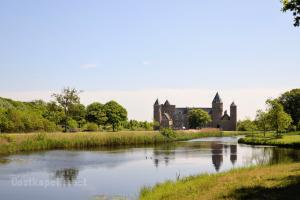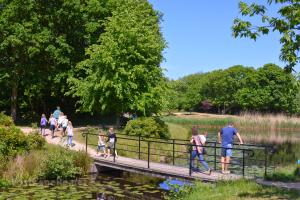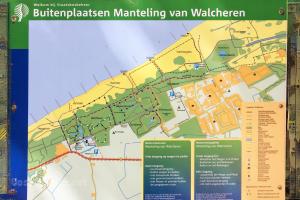De Manteling - Nature
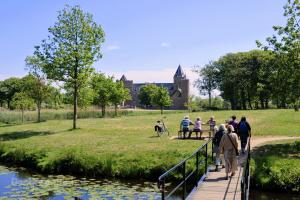
The Manteling of Walcheren is one of the most remarkable nature reserves in Zeeland. This stunning area lies between the coastal towns of Domburg and Oostkapelle, forming a unique landscape where dunes meet woodland – a rare combination in the Netherlands.
A unique landscape full of history and nature
Covering about 740 hectares, The Manteling offers a varied landscape of winding dune paths, grand avenues, quiet forests and open dune valleys.
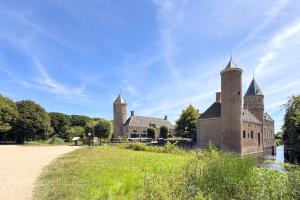
- Transition from forest to dune: The Manteling is one of the few places in the Netherlands where deciduous forests grow so close to the sea.
- Wind-shaped trees: On the coastal side, the oaks and beeches have grown into characteristic twisted shapes due to the salty sea breeze.
Top sights in The Manteling
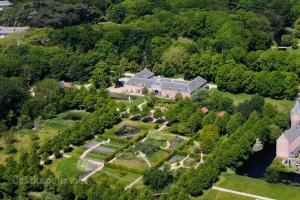
- Dune forests and avenues: Walk through stately oak avenues and quiet woods with an almost mystical atmosphere.
- Unique nature experiences: Encounter deer, rabbits, buzzards and woodpeckers during your walk.
- Dune valleys and viewpoints: Experience open dune landscapes with panoramic views over the North Sea.
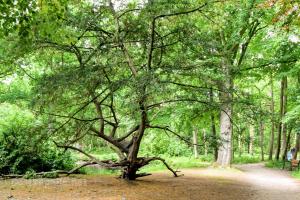
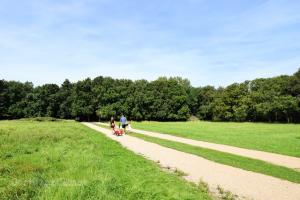
Walking in The Manteling
The Manteling is a true paradise for walkers. From several entrances, marked trails by Staatsbosbeheer start, ranging from short family routes to longer hikes towards the beach and through the dune forests.
- Farmland Route Oostkapelle (±4 km): Discover the historic farmland and avenues.
- Castle Route (±5 km): Walk past Castle Westhove and Terra Maris.
- Dune and Forest Route (±8.7 km): A varied route through forest, dunes and open nature.
The Manteling in every season
- Spring: Birds sing and fresh greenery brings nature to life.
- Summer: The scent of sea air and blooming dune roses fills the breeze.
- Autumn: Falling leaves and colourful forests create a fairy-tale setting.
- Winter: Peace and quiet reign – perfect for a refreshing walk.
Practical information
- Access: Freely accessible.
- Parking: Parking is available at Westhove car park on Duinvlietweg (near Castle Westhove & Museum Terra Maris) and at Randduin car park on Strandweg.
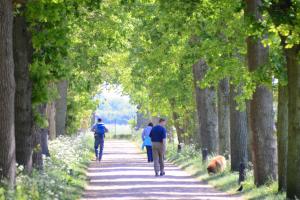
Nature, culture and tranquillity on the Zeeland coast
A visit to The Manteling is a journey through nature and history. Whether you come to walk, watch birds, enjoy culture or simply relax in peace and space – this unique coastal forest between Domburg and Oostkapelle always offers something new to discover.
Experience the wild coastal nature of Walcheren in The Manteling – where sea, forest and history meet!
Furthermore De Manteling is near the following sights: Terra Maris (±175 m), Westhove Castle (±250 m), Spa Domburg (±1,5 km), Marie Tak van Poortvliet (±1,7 km) & PumpTrack (±1,8 km).
For information
De Manteling van Walcheren, Oostkapelle/Domburg

